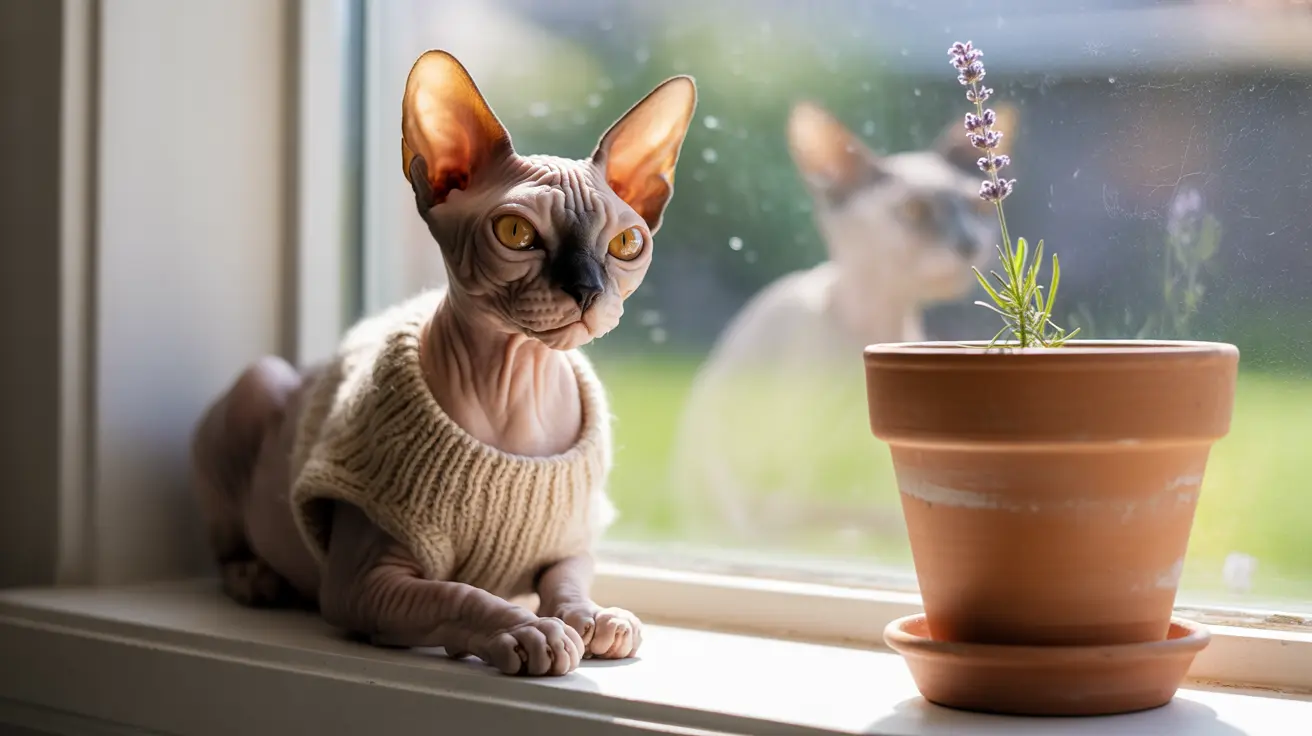If you've ever wondered whether cats enjoy wearing clothes, the answer might surprise you. While social media often showcases adorable photos of dressed-up felines, the reality is that most cats strongly dislike wearing any form of clothing. This comprehensive guide explores the scientific and behavioral reasons behind cats' aversion to clothing, along with important exceptions and safety considerations.
Understanding Cats' Natural Aversion to Clothing
Cats are highly sensitive creatures with sophisticated sensory systems. Their fur, whiskers, and skin contain numerous nerve endings that help them navigate their environment and maintain balance. When clothes are introduced, these natural sensory inputs become disrupted, often causing stress and discomfort.
Research suggests that fewer than 5% of cats will genuinely tolerate wearing clothes, even with proper conditioning. This low acceptance rate stems from cats' evolutionary instincts and their need for unrestricted movement.
Signs Your Cat Dislikes Wearing Clothes
Most cats display clear signs of distress when dressed in clothing. Common indicators include:
- Freezing or refusing to move
- Attempting to back out of the clothing
- Excessive vocalization or growling
- Flattened ears and dilated pupils
- Aggressive behavior when handling the clothing
- Walking unusually or losing balance
When Clothing May Be Necessary
Despite cats' general dislike of clothing, there are legitimate reasons why some cats might need to wear garments:
Medical Necessity
Post-surgical protection or recovery might require protective clothing to prevent wound interference or maintain body temperature.
Hairless Breeds
Sphynx cats and other hairless breeds often need clothing for warmth, especially during colder months or in air-conditioned environments.
Environmental Protection
Some cats may require sun protection or additional warmth in extreme weather conditions, particularly if they spend time outdoors.
Best Practices for Dressing Your Cat
If your cat must wear clothing, follow these essential guidelines:
- Choose lightweight, breathable materials
- Ensure proper fit without restriction
- Introduce clothing gradually with positive reinforcement
- Monitor your cat closely for signs of distress
- Remove clothing immediately if your cat shows discomfort
- Limit wearing time to necessary periods only
Alternatives to Cat Clothing
Instead of dressing your cat, consider these more cat-friendly options:
- Provide warm bedding and cozy spots
- Adjust home temperature for comfort
- Use pet-safe heating pads for additional warmth
- Install window perches for safe sunbathing
- Consider cat-specific furniture and environmental enrichment
Frequently Asked Questions
Do most cats enjoy wearing clothes, or is it generally uncomfortable for them?
Most cats find wearing clothes uncomfortable and stressful. Their natural instincts and sensory needs make clothing an unpleasant experience for the vast majority of felines.
What are the signs that my cat is stressed or uncomfortable when wearing clothing?
Signs include freezing behavior, walking abnormally, excessive vocalization, flattened ears, dilated pupils, and attempts to remove the clothing. Some cats may also become aggressive or hide.
Are there any situations where it's actually beneficial or necessary for a cat to wear clothes?
Yes, clothing can be beneficial for hairless breeds, cats recovering from surgery, or those needing protection from extreme weather. However, these cases should be evaluated individually with veterinary guidance.
Can I train my cat to get used to wearing clothes, and if so, how should I do it safely?
While some cats can be conditioned to tolerate clothing, it requires gradual introduction and positive reinforcement. Start with brief sessions and lightweight items, always respecting your cat's comfort level.
How does wearing clothes affect a cat's natural behavior, grooming, and communication with other cats?
Clothing can interfere with natural grooming behaviors, limit movement, and disrupt important body language signals cats use to communicate. It may also affect their ability to regulate body temperature and maintain proper sensory awareness.
Conclusion
While the idea of dressing up cats might seem cute, it's crucial to prioritize their comfort and well-being over aesthetic appeal. Unless there's a medical or environmental necessity, most cats are happiest without clothing. Understanding and respecting your cat's natural preferences will help maintain a stronger bond and ensure their physical and emotional well-being.






